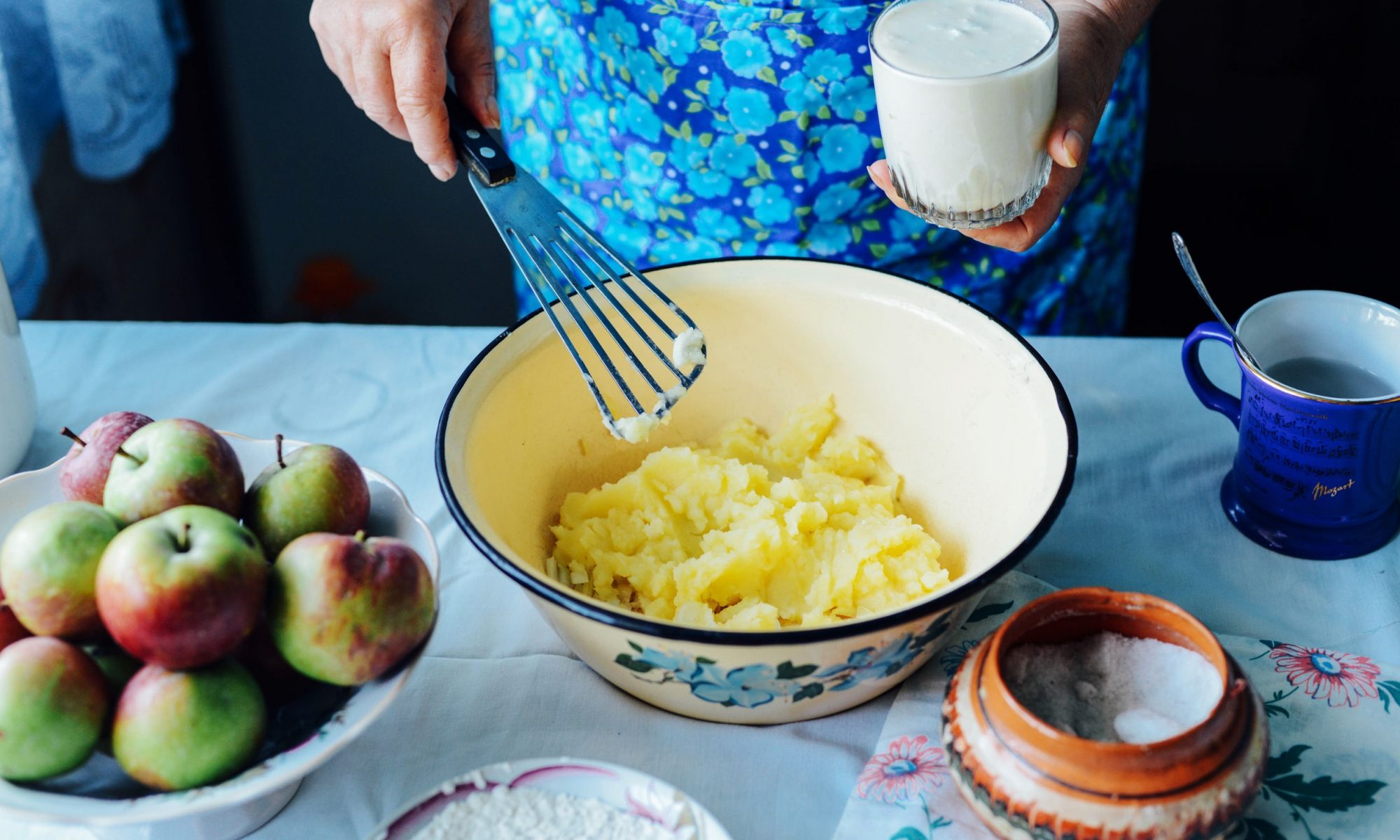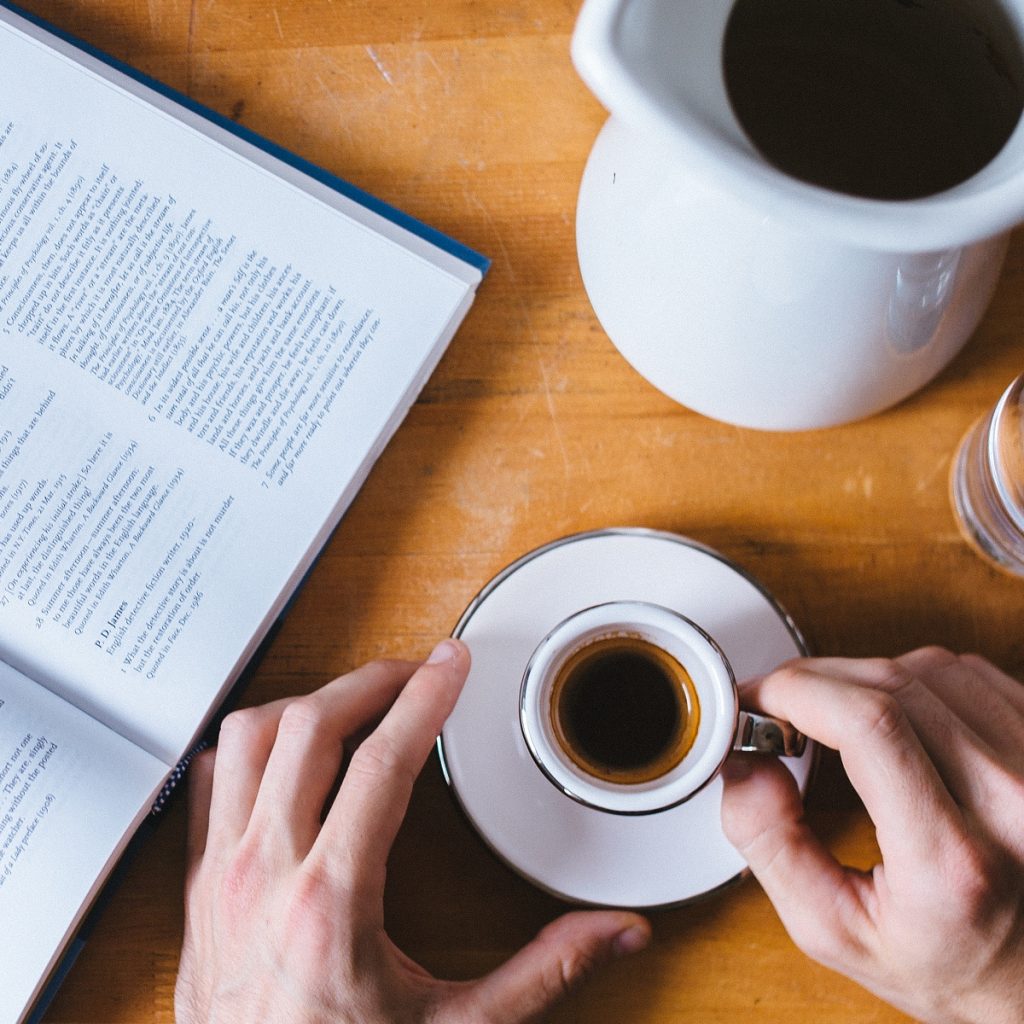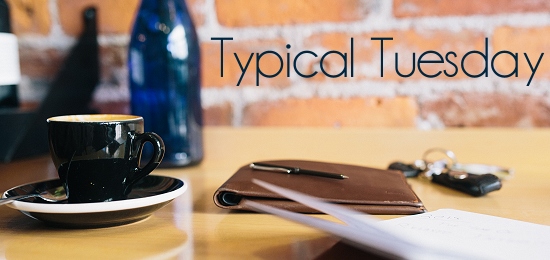
It must be 6:30 am. My eyes are still closed but I can feel her looking at me.
I know that when I open them Bee’s nose will be millimeters from mine and her chocolate brown eyes will be watching me intently, tail wagging happily. In silence I meet her gaze and smile. She is a Rhodesian Ridgeback mix and even with my bedframe on risers we are nose to nose. She reminds me of the lion statues that stand sentinel at the doors of The Chicago Art Institute. She remains still until I  say in a barely audible whisper, “you are invited.”
say in a barely audible whisper, “you are invited.”
With a bound she joins me for our routine belly rub in silence. It is not that I am grouchy. I just don’t like to talk for a while. My family knows that a smile and a wave is the extent of my communication for the first few minutes of my morning. My mom says this has always been the case.
Bee and I enjoy our quiet snuggle and then I hear it… Rain! I love the rain and don’t want to waste a moment of it. I rush out the back door and dance barefoot in the grass. My flamingo-print pajamas are soaked and I sing “Happy” by Pharrell Williams. Bee watches and waits on the dry porch.
Provided there is no lightning, it is a pretty safe bet that if it is raining I am outside dancing.
Back inside I heat some water and go dry off. I steep my favorite tea, purchased during a recent trip to Ireland, and make a mental note to order more soon. I am enjoying my Irish Breakfast Tea in the dragonfly mug I received from my friend McGillicuddy. With a nod, I raise my mug to her and send a quick text telling her so.
The rain falls harder and the wind picks up.
After tea, a bagel and some blueberries it is time to get down to the business of Spaghetti Tuesday.
Not long ago I was a photographer and writer paralyzed with fear, unable to muster the courage needed to hit the send button on the growing number of email queries and pitches that were instead relegated to my draft folder. I had quite a collection of essays, photographs and stories that waited unseen.
I was unaware that gathering the basic tools and materials needed to build my dream of a creative life was not enough. I did not yet possess the skills to utilize those tools. Fear of ridicule, rejection and dismissal reinforced my state of inertia. I desperately needed to change and was referred to writer and business coach Christine Mason Miller. Christine re-framed the process for me.
You know how some people throw a piece of spaghetti at the wall to see if it sticks and is ready? Christine told me to throw my creative spaghetti out into the universe and see what sticks. Undercooked spaghetti is not a personal rejection; it simply needs a little more time.
time.
Brilliant! Spaghetti Tuesdays are now a part of my weekly schedule.
Today’s spaghetti-throwing menu features half a dozen photo submissions to the stock agency, two article pitches and two applications for Artist In Residency programs. I update my Curriculum Vitae, compose both Artist’s Statements, Project Proposals and upload my portfolio. One of the AIR programs is in Europe and it is likely that I will not hear from them, but that’s okay. It’s just spaghetti.
I laugh as I remember the photo I sent to Christine of the words “Throw Spaghetti” written in purplish lipstick on my shower wall.
The rain stops and dark clouds hang low, heavy with the promise that this lull will not last long. I grab my sneakers, Bee’s leash and harness and we head out the door. Bee, as always, is incredibly curious and I indulge her. We slow to check out every puddle and I rescue each wayward snail lured onto the pavement by the storm. My house is in sight again when the raindrops resume and I, of course, dance. Bee is far less amused and picks up her pace now eager to return home.
We dry off and I wash up before I head to the kitchen to begin chopping fragrant herbs and colorful vegetables. Red roasted peppers, purple onions, deep orange carrots, golden corn kernels and bright plum tomatoes paint a colorful swirling palette in my stock pot. While the soup gently simmers and the glass lid clouds with condensation I work in my office space that sits adjacent to the kitche n. On one desk sits the gourd I have been working on for three weeks. Already etched with the wood burner, carved by hand and lightly sanded, today it is ready to begin staining. Slowly and meticulously I daub the tan stain over the uncarved portion of the gourd’s hard shell until my family returns home. I ladle supper into colorful soup mugs that were a Christmas gift.
n. On one desk sits the gourd I have been working on for three weeks. Already etched with the wood burner, carved by hand and lightly sanded, today it is ready to begin staining. Slowly and meticulously I daub the tan stain over the uncarved portion of the gourd’s hard shell until my family returns home. I ladle supper into colorful soup mugs that were a Christmas gift.
I am pleased by the anachronism as I reach for the antique silver soup spoons that I love to use, chuckling at how my kids won’t use them because they were purchased at an antique store and were “used.”
It has been a good day, rainy days and Spaghetti Tuesdays usually are.
About the Author: Julie Terrill
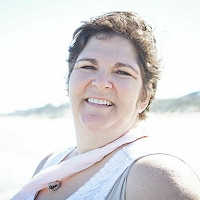
Julie Terrill is a photographer and writer with a passion for travel. For ten years, she’s told stories of empowerment through the lens of her camera in an array of unique landscapes, environments, and projects – from a shelter for children rescued from trafficking in Thailand to Faces of Courage, complimentary portrait sessions she offers to cancer patients in her community. She is a photographer and facilitator at Beautiful You and Soul Restoration retreats.
Connect with her at: JMTerrillImages.com
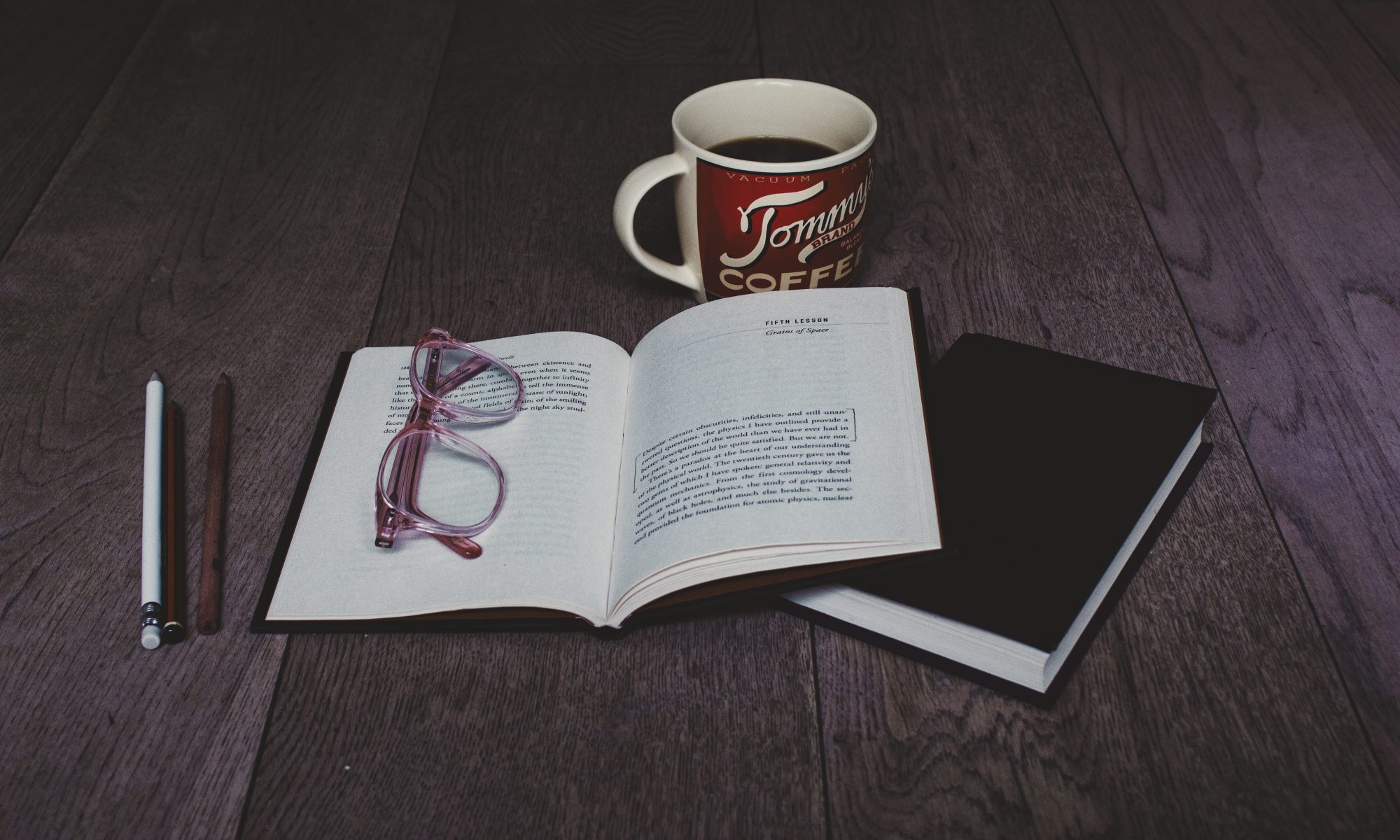
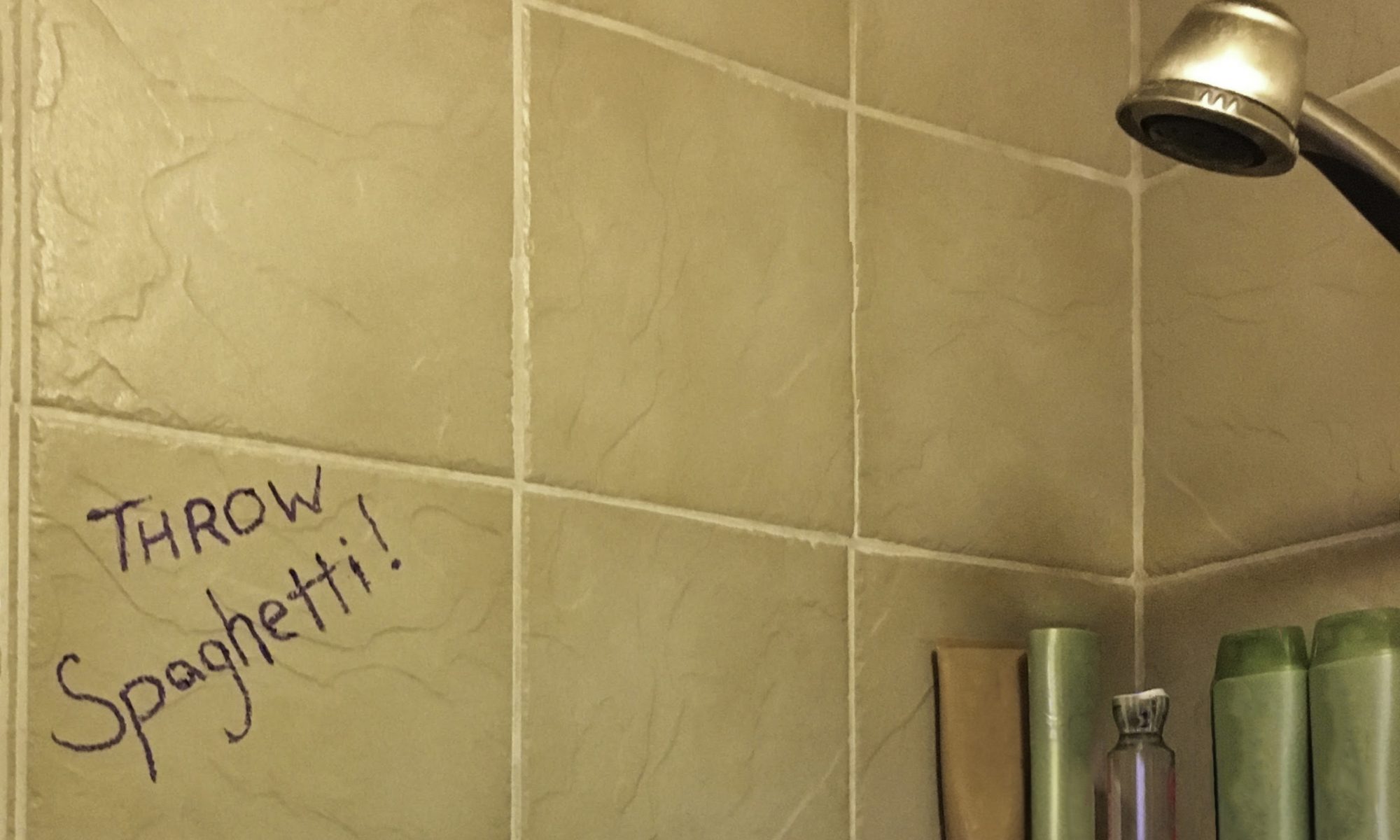


 Melissa is a writer, voice actor, podcaster, itinerant musician, voracious reader, and collector of hats and rescue dogs. She is the author of
Melissa is a writer, voice actor, podcaster, itinerant musician, voracious reader, and collector of hats and rescue dogs. She is the author of 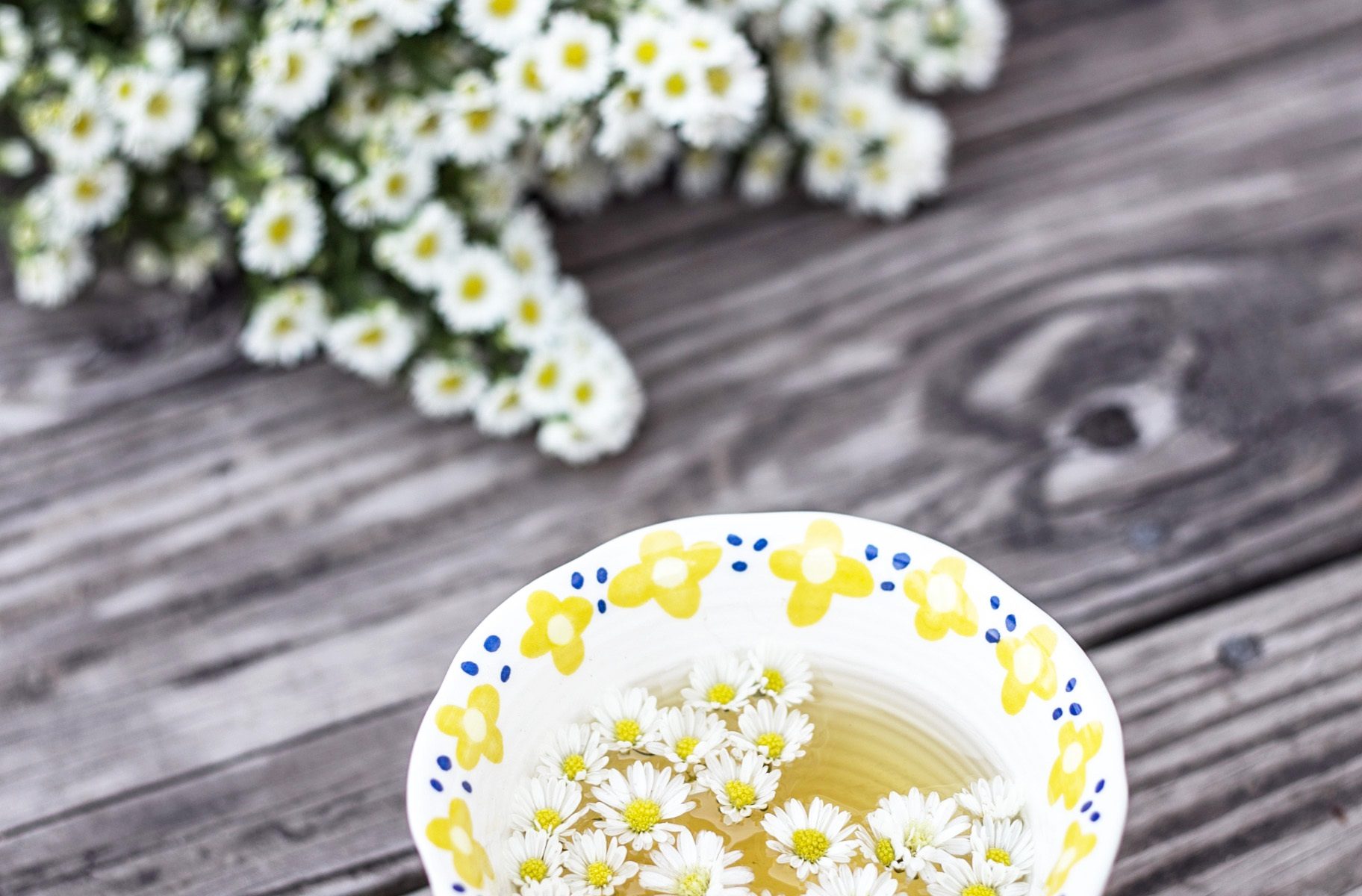
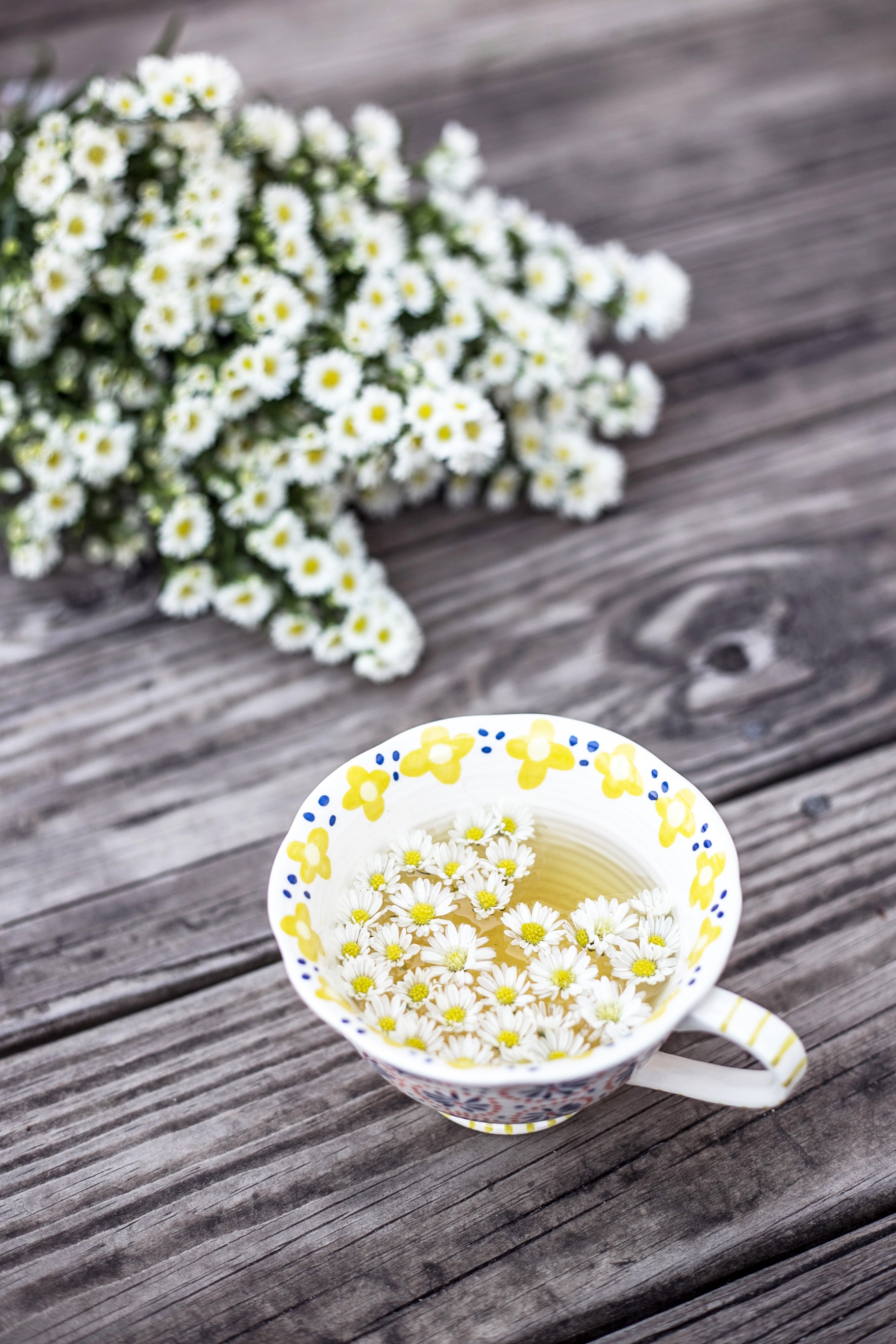 (Part IV of the Tea series, follows
(Part IV of the Tea series, follows  Melissa is a writer, voice actor, podcaster, itinerant musician, voracious reader, and collector of hats and rescue dogs. She is the author of
Melissa is a writer, voice actor, podcaster, itinerant musician, voracious reader, and collector of hats and rescue dogs. She is the author of 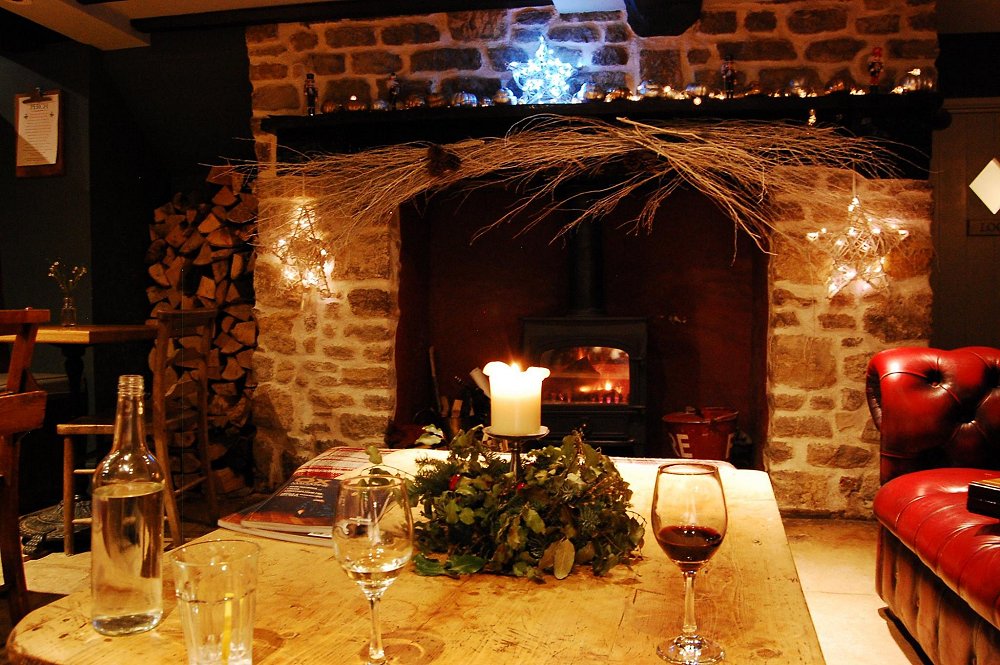
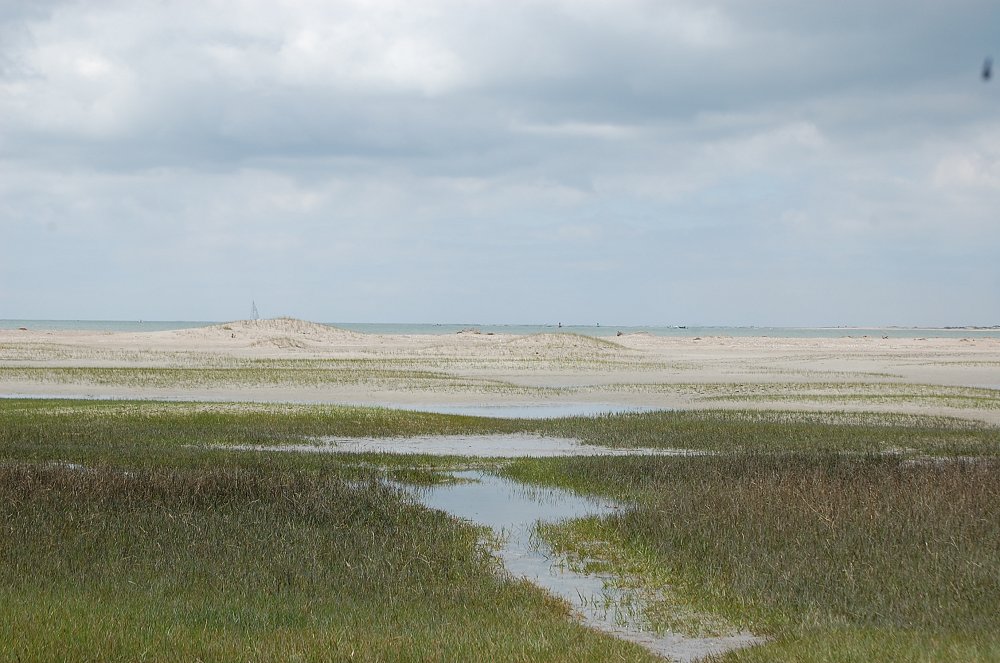

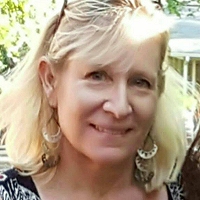 Sheryl Cornett teaches at North Carolina State University, where she is the 2014-2017 University Honors Program Author Scholar-in-Residence. Her recent poems, stories, criticism, and creative non-fiction appear in Art House America, Southern Women’s Review, North Carolina Literary Review, Image, Pembroke Magazine, Mars Hill Review, and The Independent Weekly among other journals and magazines; and in anthologies such as In a Fine Frenzy: Poets Respond to Shakespeare, The Global Jane Austen, and Christmas Stories from the South’s Best Writers. Visit her at
Sheryl Cornett teaches at North Carolina State University, where she is the 2014-2017 University Honors Program Author Scholar-in-Residence. Her recent poems, stories, criticism, and creative non-fiction appear in Art House America, Southern Women’s Review, North Carolina Literary Review, Image, Pembroke Magazine, Mars Hill Review, and The Independent Weekly among other journals and magazines; and in anthologies such as In a Fine Frenzy: Poets Respond to Shakespeare, The Global Jane Austen, and Christmas Stories from the South’s Best Writers. Visit her at 
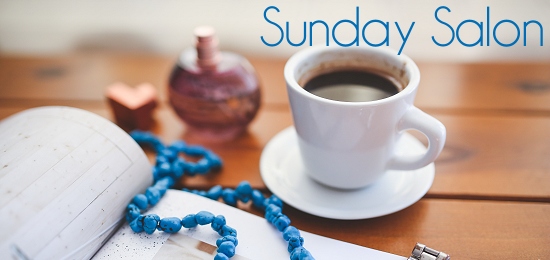
 up at my side, I take up my book and read. Thus lulled from my anxious thoughts, warmed through and through with hot beverages and comforting heat wraps, many times I will drift off for another hour or two of sleep.
up at my side, I take up my book and read. Thus lulled from my anxious thoughts, warmed through and through with hot beverages and comforting heat wraps, many times I will drift off for another hour or two of sleep.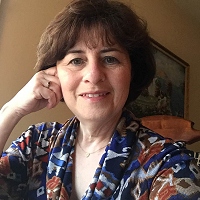 Becca Rowan lives in Northville, Michigan with her husband and their two dogs. She is the author of
Becca Rowan lives in Northville, Michigan with her husband and their two dogs. She is the author of 


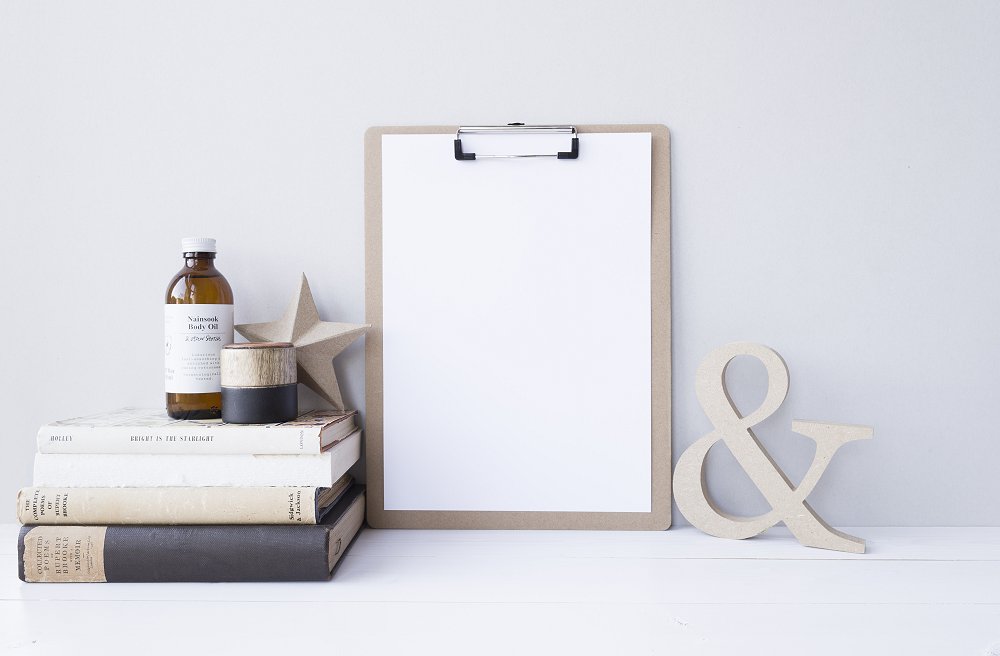
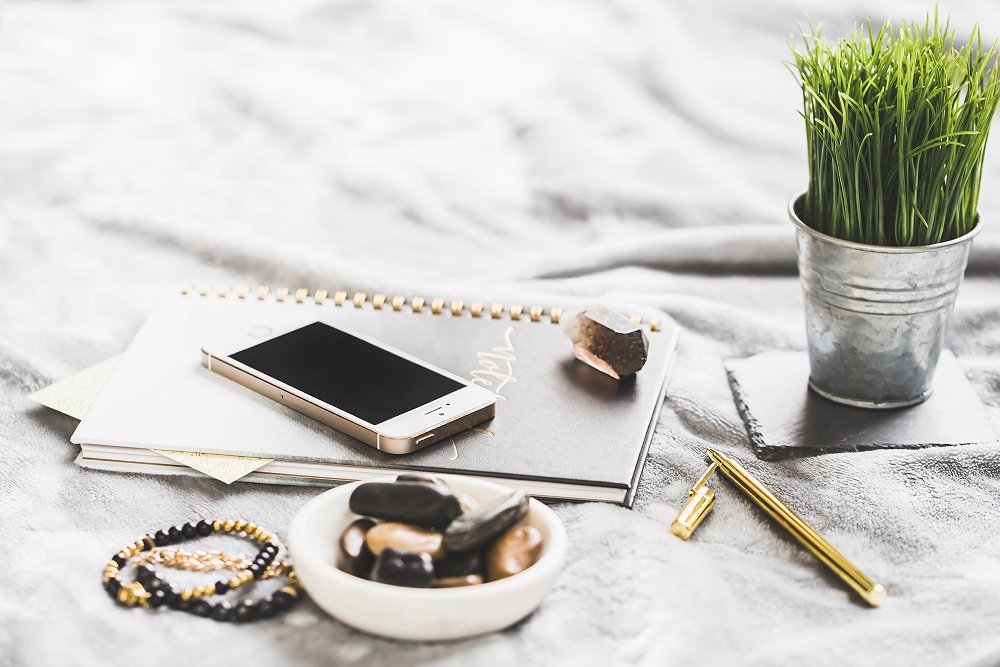
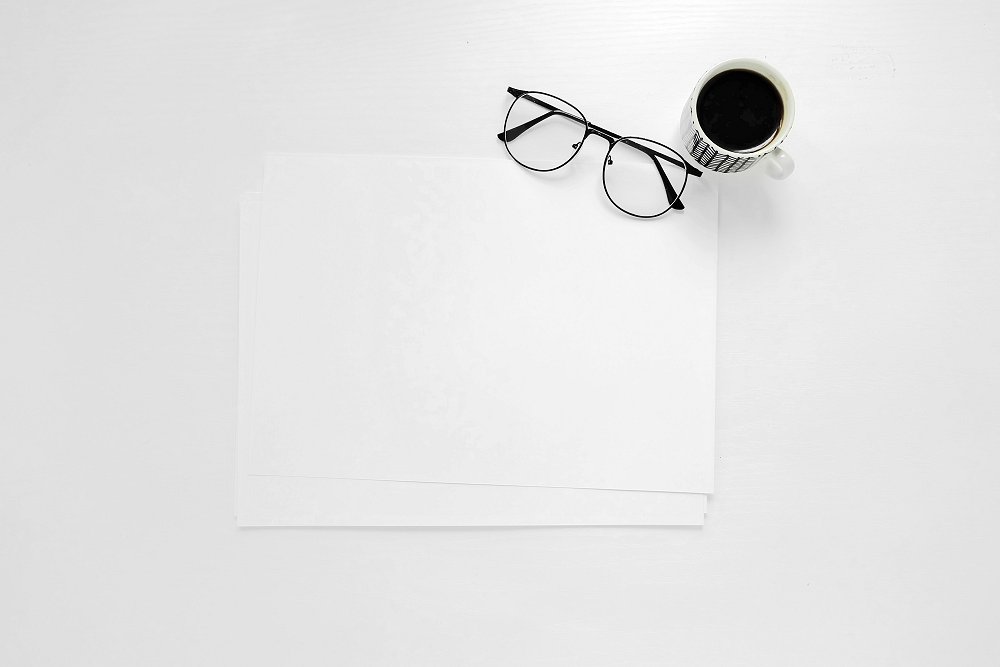
 Felicia C. Sullivan is the award-winning author of the critically acclaimed memoir The Sky Isn’t Visible from Here (Algonquin/Harper Perennial) and the founder of the now-defunct but highly regarded literary journal Small Spiral Notebook. She maintains the popular lifestyle blog
Felicia C. Sullivan is the award-winning author of the critically acclaimed memoir The Sky Isn’t Visible from Here (Algonquin/Harper Perennial) and the founder of the now-defunct but highly regarded literary journal Small Spiral Notebook. She maintains the popular lifestyle blog 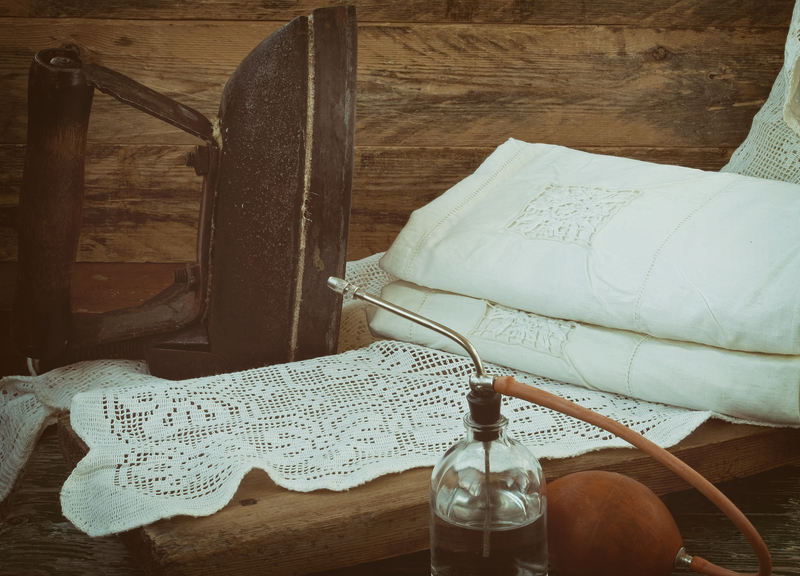
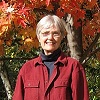 Patricia Wellingham-Jones is a widely published former psychology researcher and writer/editor. She has a special interest in healing writing, with poems recently in The Widow’s Handbook (Kent State University Press). Chapbooks include Don’t Turn Away: poems about breast cancer, End-Cycle: poems about caregiving, Apple Blossoms at Eye Level, Voices on the Land and Hormone Stew.
Patricia Wellingham-Jones is a widely published former psychology researcher and writer/editor. She has a special interest in healing writing, with poems recently in The Widow’s Handbook (Kent State University Press). Chapbooks include Don’t Turn Away: poems about breast cancer, End-Cycle: poems about caregiving, Apple Blossoms at Eye Level, Voices on the Land and Hormone Stew.